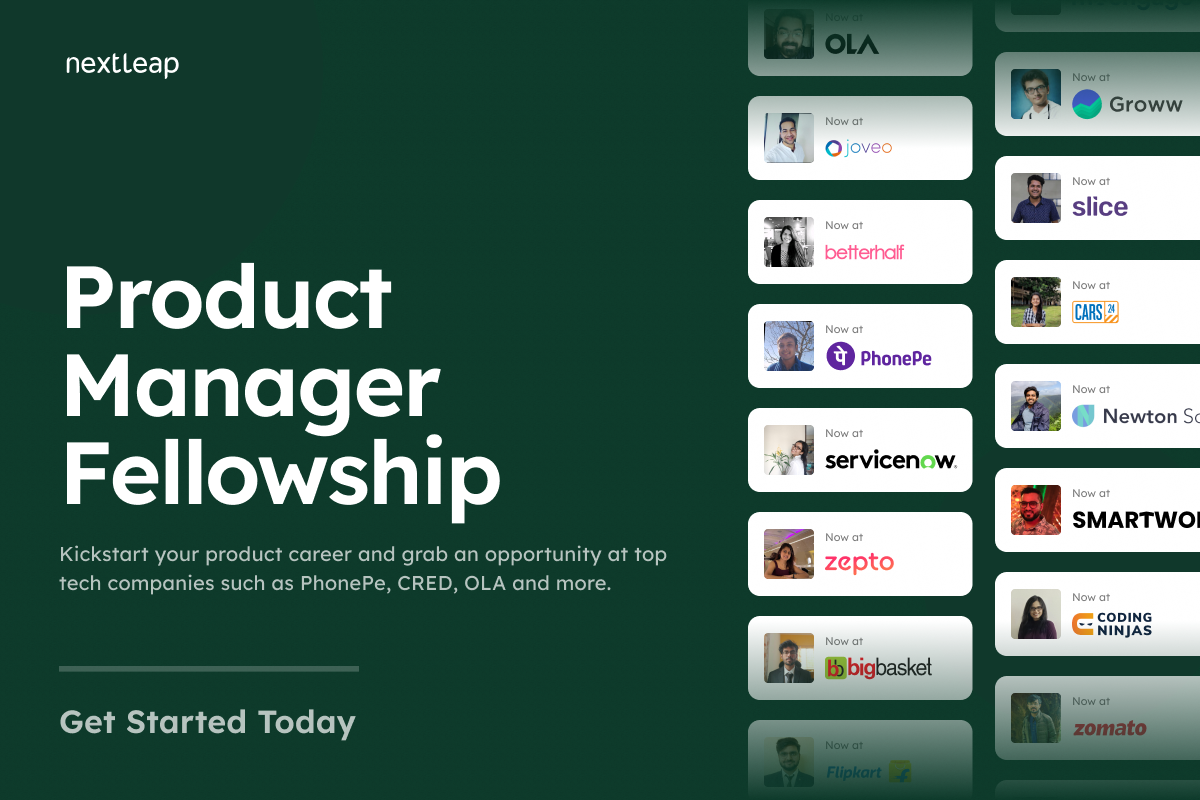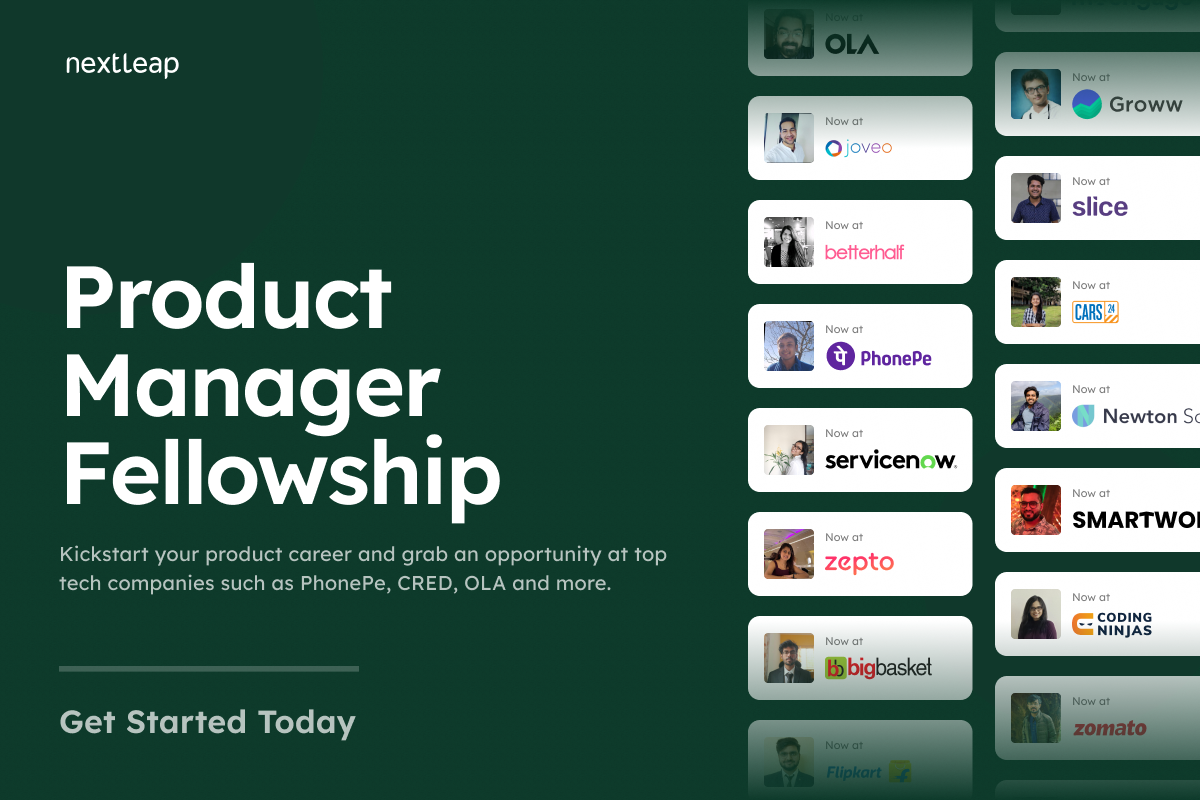The Benefits of an MVP: Why Every Startup Should Consider It

Creating a Minimum Viable Product (MVP) is a popular strategy to test customer demand, validate a concept, and gain insights into a product’s potential success. It’s no surprise that so many startups are choosing to launch MVPs, as they offer a wide range of benefits that come with reduced risks, costs, and faster time to market. In this article, we discuss the advantages of an MVP, how NextLeap can help you create a successful one, and tips for making the most of the MVP process.
Reduced Risks and Costs
The biggest benefit of creating an MVP is that it significantly reduces the risks and costs associated with launching a product. By creating an MVP, startups are able to test their concept out in the market without needing to invest heavily in resources like time and money. This helps them to make important decisions early on, such as whether there’s customer demand for their product, without the need to invest in developing a full-fledged product. Additionally, testing out a product with an MVP can help startups to identify potential problems before investing time and money into resolving them.
An MVP also allows startups to gather valuable feedback from customers and use it to improve their product. This feedback can be used to make changes to the product before it is officially launched, ensuring that it meets customer needs and expectations. Furthermore, an MVP can help startups to build a community of loyal customers who are invested in the product and can provide valuable insights into how it can be improved.

Become a Product Manager
Learn from top industry experts, get access to 1 year placement support and transition into product management at India's top tech companies.
Faster Time to Market
Another benefit of creating an MVP is that it significantly reduces the time it takes to get a product to market. By launching an MVP, startups can start testing their product with customers much sooner than if they had gone through the traditional product development process. This accelerated timeline helps startups to quickly obtain feedback from users, make necessary adjustments to the product, and get their product to market faster. It also allows them to gain an edge over their competitors by being the first mover in their space.
The ability to launch an MVP quickly also allows startups to test the viability of their product idea before investing too much time and money into it. This helps them to avoid wasting resources on a product that may not be successful. Additionally, it allows them to quickly pivot and adjust their product if needed, in order to better meet customer needs. By launching an MVP, startups can quickly and efficiently validate their product idea and get it to market faster.
Better User Feedback
Creating an MVP also provides startups with valuable feedback from users about their product. This feedback helps them to identify areas for improvement and make adjustments early on in the development process. Additionally, user feedback can help startups to make better decisions about what features and functionality should be included in their product. This allows them to better understand user needs and create products that meet those needs more effectively.
User feedback can also be used to inform marketing strategies. By understanding what users like and don't like about a product, startups can create targeted campaigns that are more likely to resonate with their target audience. Additionally, user feedback can help startups to identify potential new markets and customer segments that they may not have considered before.
Increased Opportunities for Funding
The availability of customer feedback from an MVP also provides startups with another advantage: increased opportunities for funding. By launching an MVP, startups can demonstrate that they have taken a customer-centric approach to developing their product. This can be attractive to potential investors and can open up new sources of funding that wouldn’t have been available otherwise. Additionally, having an MVP also allows startups to demonstrate the potential success of their product to investors.
Having an MVP also allows startups to test their product in the market and gain valuable feedback from customers. This feedback can be used to refine the product and make it more attractive to investors. Furthermore, the data collected from the MVP can be used to create a business plan that is more likely to be successful. This can be a great way to attract investors and secure the necessary funding for the startup.
How NextLeap Can Help You Create a Successful MVP
NextLeap is a startup accelerator that provides startups with the guidance they need to launch successful MVPs. Our team of experienced professionals will work with you every step of the way, from concept validation and customer research, to product development and customer feedback. We offer tailored solutions that are designed to help you create an MVP that meets your specific needs and goals. We also provide ongoing support throughout the entire process, allowing you to focus on creating a successful product rather than worrying about the technical details.
At NextLeap, we understand that launching a successful MVP is a complex process. That’s why we provide comprehensive resources and support to help you every step of the way. Our team of experts will help you identify the right target market, develop a product roadmap, and create a product that meets the needs of your customers. We also provide ongoing guidance and feedback to ensure that your MVP is successful and meets your goals.
Tips for Making the Most of the MVP Process
While creating an MVP can provide many benefits, there are some key considerations that startups should keep in mind to ensure they make the most out of the process. The first is to ensure that your MVP provides enough features and functionality for users to experience real value from it. Additionally, it’s important to focus on obtaining quality feedback from users rather than just quantity. Finally, it’s important to use data-driven decision making when making adjustments to your product based on user feedback. By following these tips, you can ensure that you make the most out of your MVP process.
It is also important to remember that the MVP process is an iterative one. As you receive feedback from users, you should be constantly refining and improving your product. Additionally, it is important to be flexible and open to new ideas and suggestions from users. Finally, it is important to be patient and not rush the process. By taking the time to properly develop and refine your MVP, you can ensure that you create a product that meets the needs of your users.

Become a Product Manager
Learn from top industry experts, get access to 1 year placement support and transition into product management at India's top tech companies.



